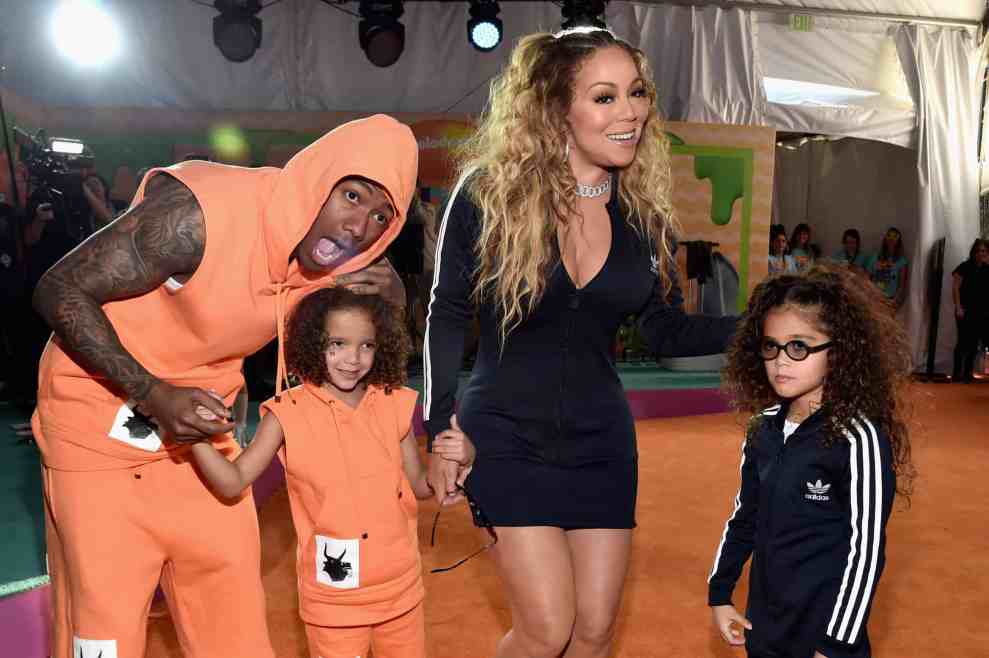14-year-old Monroe Cannon, daughter of Mariah Carey and Nick Cannon, addressed the family dynamic surrounding her half-siblings from her father.
Monroe wrote on her Instagram Story: “Clearing something up guys. I only have ONE brother who is @moroccan.cannon. I do have other half siblings from my dad but they are all many many years younger than me!”
She tagged her twin brother, Moroccan Cannon, born in 2011, and emphasized that he remains her sole full-sibling. Her comment came amid public interest in Cannon’s growing family.
Blended Family, Different Places
Monroe and Moroccan are the first children Cannon had with Mariah Carey, whom he married in 2008 and divorced in 2016. Since their separation, Cannon has fathered ten additional children with five other women.
Monroe’s phrasing—“other half siblings from my dad but they are all many many years younger than me”—highlights how she views the family structure. Her choice to post the statement suggests she wanted to set the record straight.
Cannon has in earlier interviews described Monroe as “wise beyond her years,” noting she had a stabilizing presence for him. Meanwhile, Mariah Carey has previously expressed a preference to not publicly discuss Cannon or their co-parenting dynamic. She said she “kind of feel[s] like it’s best if I don’t talk about him, because he can just be in his own world.”
Monroe’s statement may reflect both her personal identity and how she perceives her place within the broader family.
Reaction on social media was swift. Some commentators praised her clarity while others scrutinized the tone of the post. The statement also revived conversations about the complexities of blended families—especially in high‐profile settings.
Experts note that for children in large or nontraditional family arrangements, defining one’s relationships can be an important act of self-expression and boundary setting.
Monroe’s choice to express her view publicly offers a window into how she sees her sibling relationships. It underscores the nuances of familial identity when half-siblings exist across multiple households and age groups. In her concise message, Monroe emphasized both connection to her twin brother and acknowledgment of others in her father’s extended family.

